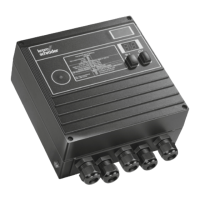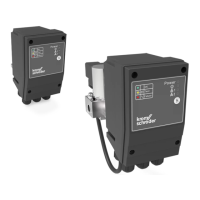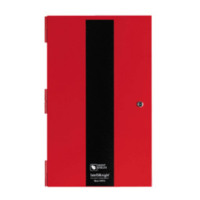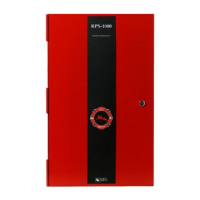BCU 440 · Edition 01.17 34
Glossary
11 Glossary
11.1 Waiting time t
W
t
SA
t
Z
t
W
88
01
ϑ
t
1
7
9
18-19
12
16-17
02
02
Once the start-up signal ϑ has been applied, the wait-
ing time t
W
starts to elapse. During this time, a self-test
is conducted to detect errors in internal and external
circuit components. If no malfunction is detected, the
burner will start up.
11.2 Safety time on start-up t
SA
This refers to the period of time between switching on
and switching off of the pilot gas valve V1, when no
flame signal is detected. The safety time on start-up
t
SA
(3, 5 or 10 s) is the minimum operating time of the
burner and burner control unit.
11.3 Ignition time t
Z
If no malfunction is detected during the waiting time
t
W
, the ignition time t
Z
then starts to elapse. Voltage is
supplied to the pilot gas valve V1 and the ignition trans-
former and the burner is ignited. The duration of the
ignition time is either 2, 3 or 7 seconds, depending on
safety time t
SA
selected.
11.4
Flame simulation/Flame simulation delay
time t
LV
t
LV
88
01
ϑ
t
1
7
9
18-19
12 V1
16-17
01
An extraneous signal (flame simulation) is a flame sig-
nal that is detected, although there should be no flame
according to the program sequence. If such an extrane-
ous signal is detected, the flame simulation delay time
t
LV
starts to elapse. If the flame simulation is disconti-
nued during the flame simulation delay time t
LV
, start-
up can be initiated or operation continued. Otherwise, a
fault lock-out occurs.

